Imperial/ Colonial
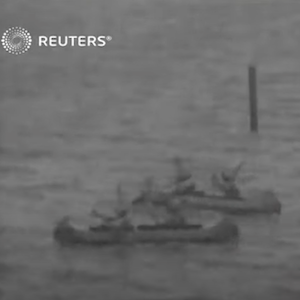
Video: Boy Scouts at 1929 World Jamboree Perform as Native Americans
This video features film footage of events at the Boy Scouts’ third World Jamboree, held in England in 1929. The jamboree was known as the “Coming of Age” Jamboree, since it marked twenty-one years since the foundation of the Boy Scouts.

Video: Indian Boy Scouts at 1929 World Jamboree
This video features film footage of events at the Boy Scouts’ third World Jamboree, held in England in 1929. The jamboree was known as the “Coming of Age” Jamboree, since it marked twenty-one years since the foundation of the Boy Scouts.

Video: March of Flags from 1929 Boy Scout World Jamboree
This video shows the opening ceremony at the Boy Scouts’ third World Jamboree, held in England in 1929. The jamboree was known as the “Coming of Age” Jamboree, since it marked twenty-one years since the foundation of the Boy Scouts.

Photograph of the Boy Scout World Jamboree in 1929
This photograph shows the South African contingent at the Boy Scouts’ third World Jamboree, held in England in 1929. The jamboree was known as the “Coming of Age” Jamboree, since it marked twenty-one years since the foundation of the Boy Scouts.

Photograph of “Indian Tableaux at Endon”
This photograph, which was originally published in the G.F.S. Magazine in September 1923, is from a tableau performed by members of the Girls’ Friendly Society (GFS), which was a youth organization akin to the more popular Girl Guides.
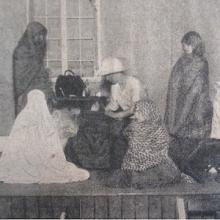
Long Teaching Module: Exploring Empire through the Lens of Childhood and Gender
As European empires expanded at the end of the end of the nineteenth century, imperialism came to permeate everyday life and had a pervasive influence on childhood, shaping everything from education to sports and literature.
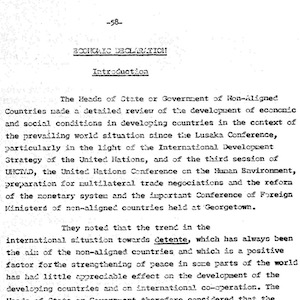
Economic Declaration of Nonaligned Countries
This document is part of the economic declaration of the Fourth Nona
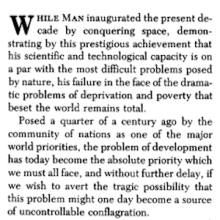
Short Teaching Module: The Nonaligned Movement and Cold War Détente
Since the early Cold War, neutral and nonaligned countries sought to
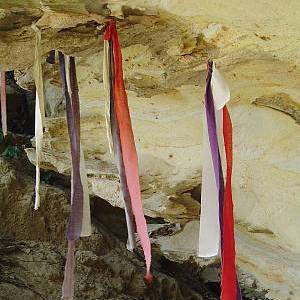
Mijikenda textiles
Words are historical ar
